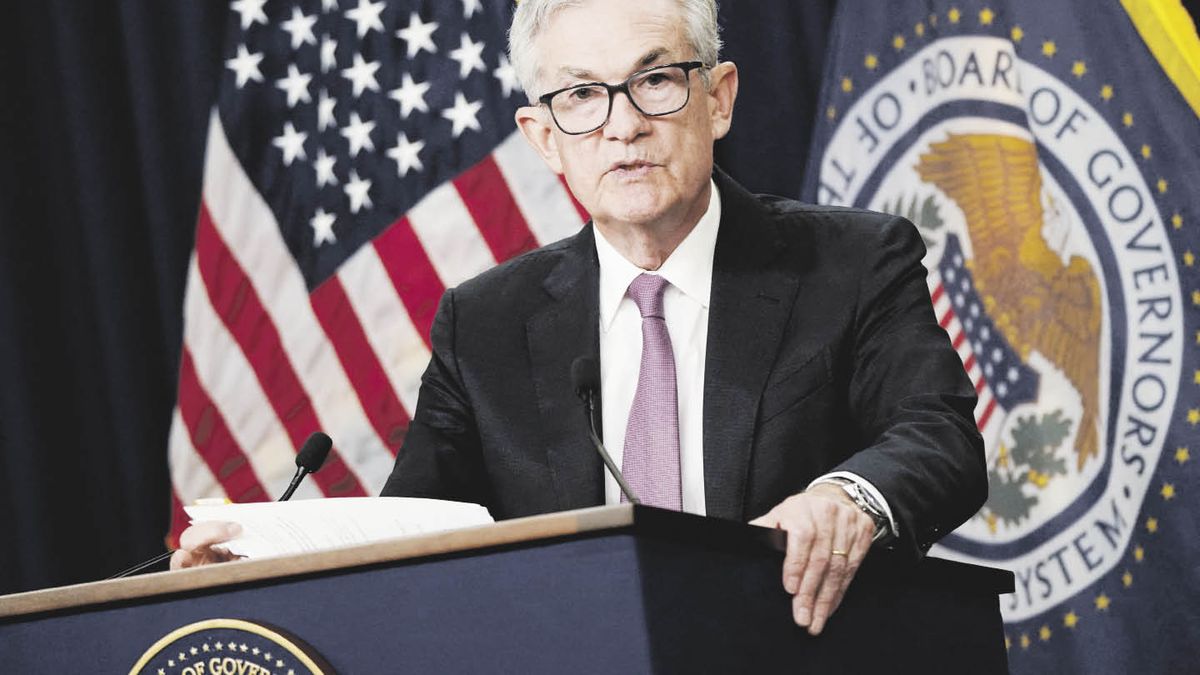Christian Buteler, market analyst, explained to Ambito Financiero that the movements of Argentine global bonds obey the general movements of emerging markets. “LWhat explains the biggest rise is that they had previously low prices. The good thing is that they follow the trend. Until recently they didn’t,” he noted. For the analyst, the Argentine titles “They have a lot of upside, the problem is that there is nothing to indicate that there is a change in trend” in the local economy. After the formidable advance that the papers had in November, in the first rounds of December there was a cut. “It seems logical to me that there is profit taking,” Buteler said.
The PPI consulting firm pointed out that this short week in Argentina “left a new wave of reds on the emerging bond screens in the face of the most adverse atmosphere.” “The market discounts with a probability of 77% that the rate adjustment will be 50 basis points, just below what it reflected a couple of wheels ago. A higher rate increase, or a hawkish message from Powell, would add more pressure to the fall in Argentine bonds, ”he warns the consultant. Even so, it suggests that “dollarized positions could represent a superior alternative to any of the variants in local currency.” “In addition to liquidity, the Globals (due to their low parities, exchange rate hedging capacity, and legal protection) continue to be a prominent option on the investor menu,” they suggest..
Although it is true that the global papers of Argentina the movements of the rest continue in parallel, there is a difference that goes above, which would be explained by the fact that some investors who no longer see much more margin for debt in pesos, that it has more and more complications for the renewal by the Treasury, and they are looking for some dollarized option. As indicated by PPI, foreign law bonds show good value based on value currently around 30%.
Javier Marcus of the Southern Trust explained that “Before Sergio Massa took office, the Globals followed the trend of the emerging countries below and since he entered the Ministry of Economy, now he follows them a couple of points above”. That would be explained by change from debt in pesos to debt in dollarss.
In the same way, Consulting firm 1816 suggests in one of its latest reports “to overweight Global in relation to securities in pesos, taking into account the parities of hard dollar bonds and the current level of Cash with Settlement still below the monetary balance.” According to private studies, the relationship between reserves and the monetary base would give a “convertibility” parity of $360, well below the free dollars.
In general, in the markets it is thought that the values that the assets have today have already assumed that the Federal Reserve is going to reduce the margins of interest rates, although it will not stop doing so for a long time. Last week in Buenos Aires, the president of the Central Bank of Peru, Julio Velarde, stated that even though the FED could slow down, “the world is heading towards a high-rate environment,” very different from what was experienced in the last decades.
AdCap Financial Group remember that last week’s data from the North American labor market showed a creation of 263,000 new jobs and that unemployment remained at 3.7%. Along with this, the Basic Personal Consumption Expenses index grew 0.2% against the 0.3% expected for November. Everything indicates that the FED should cut the rate hike.
Source: Ambito
David William is a talented author who has made a name for himself in the world of writing. He is a professional author who writes on a wide range of topics, from general interest to opinion news. David is currently working as a writer at 24 hours worlds where he brings his unique perspective and in-depth research to his articles, making them both informative and engaging.




